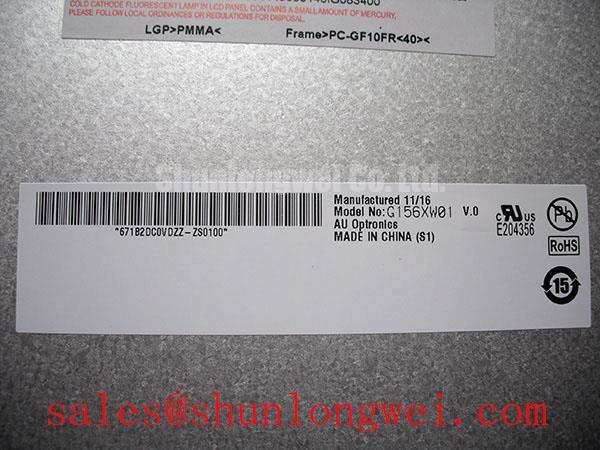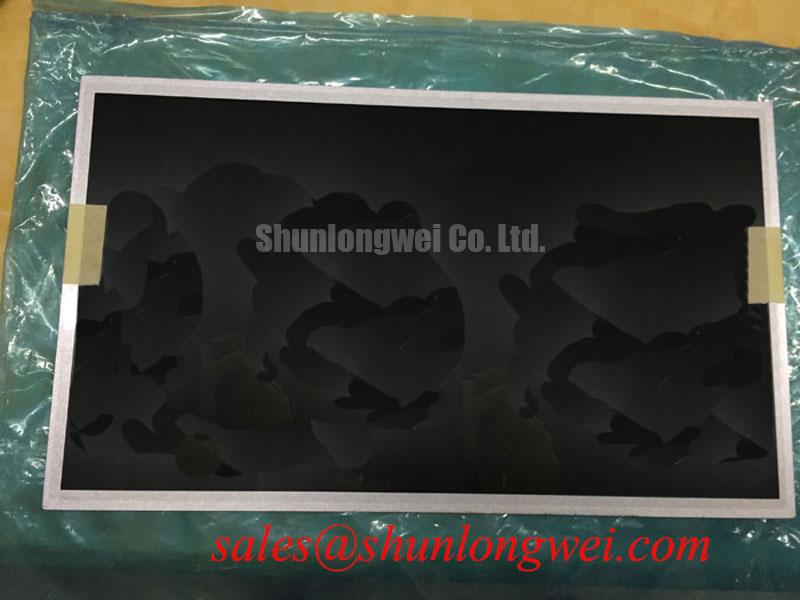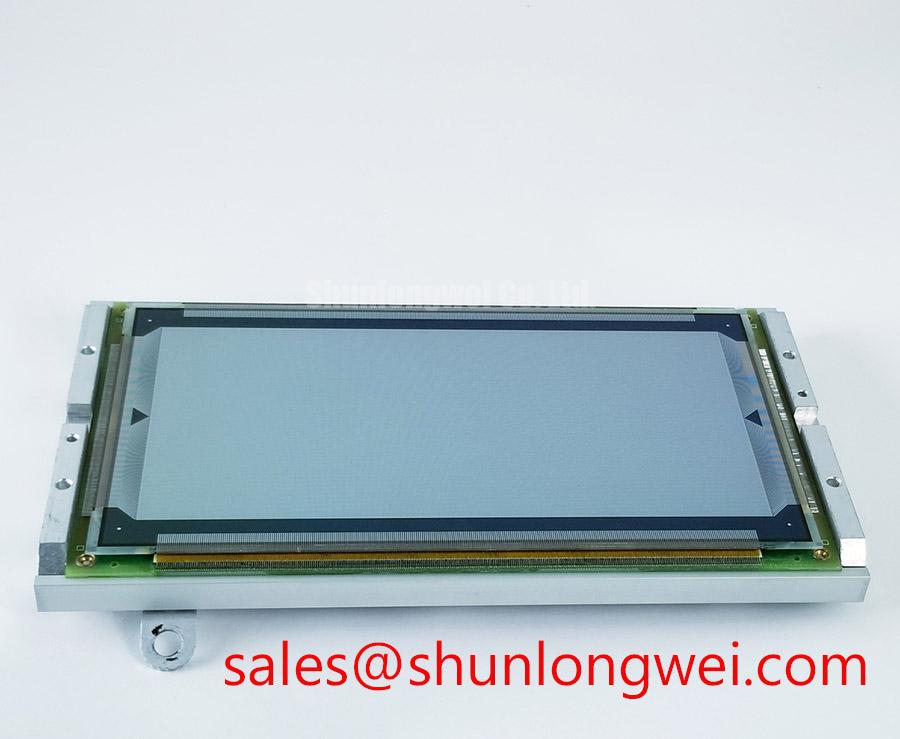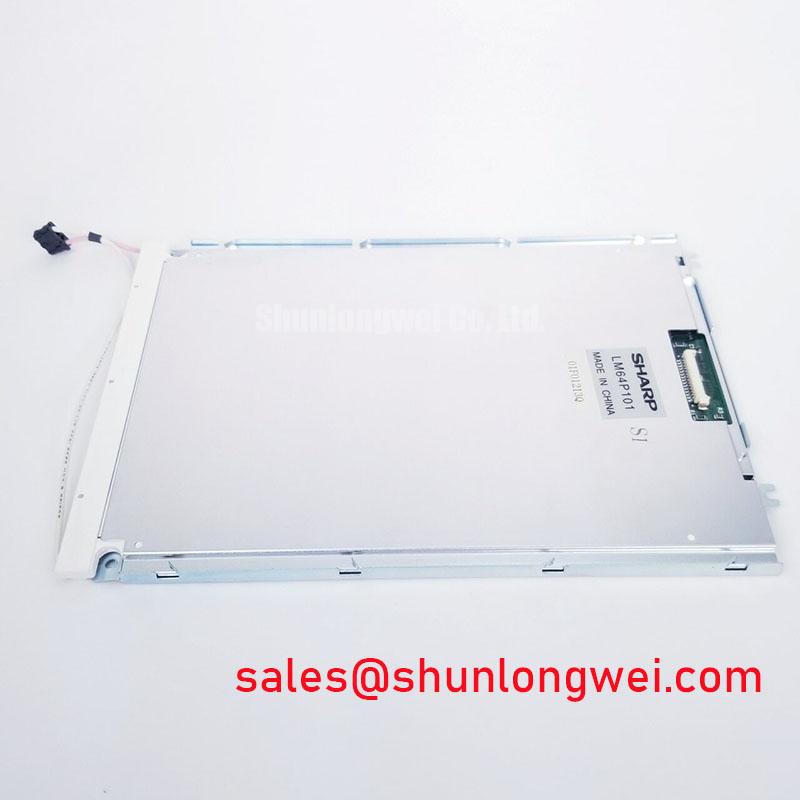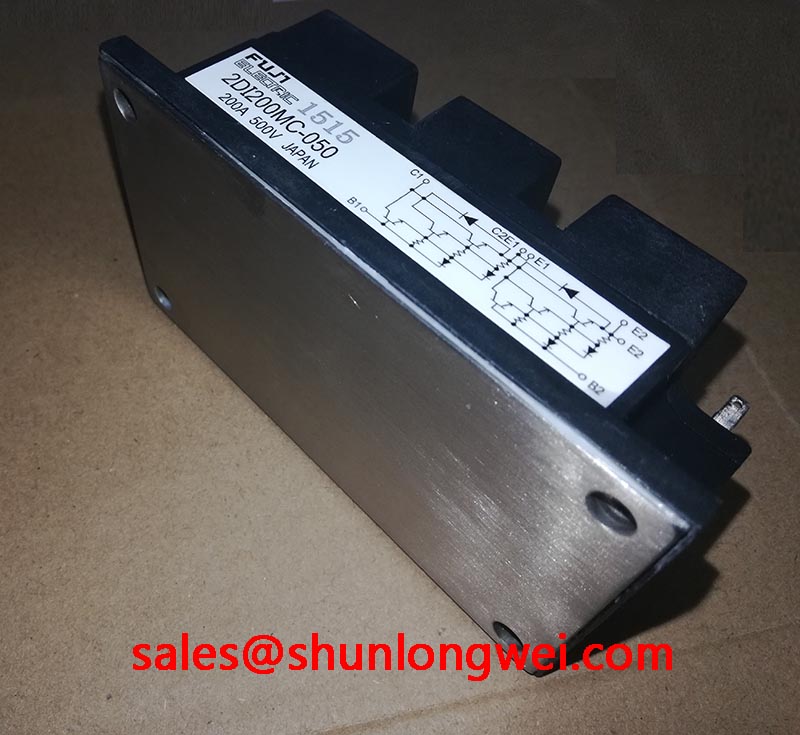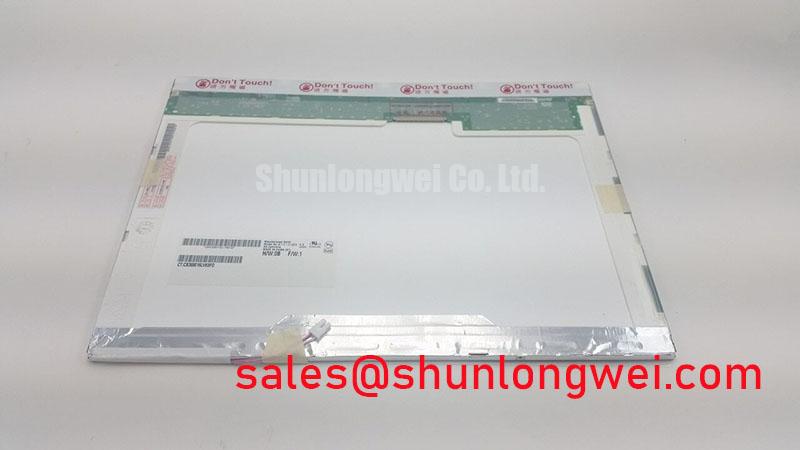G156XW01 V0: 15.6-Inch Industrial HD Display Engineered for Extreme Environments
An Engineering-Focused Overview of the AUO G156XW01 V0 TFT-LCD
Content last revised on October 19, 2025.
This 15.6-inch HD display is engineered for unwavering performance in systems deployed across extreme temperature environments. The AUO G156XW01 V0 delivers a precise combination of visual clarity and operational robustness, centered on key specifications: 1366x768 HD | 400 nits | -30 to 85°C Operating Temperature. This design provides two critical engineering benefits: exceptional thermal resilience and simplified system integration. The module's defining feature is its industrial-grade operational temperature range, enabling deployment in applications where commercial-grade displays would fail. For industrial HMIs in unconditioned environments requiring proven thermal endurance, the G156XW01 V0 is a definitive choice.
Application Scenarios & Value
System-Level Reliability in Environmentally Demanding Applications
The G156XW01 V0 is architected for applications where temperature fluctuation is a primary engineering challenge. Its value extends beyond a simple component to an enabler of system-wide reliability. Consider an outdoor ticketing kiosk or a control panel inside a refrigerated logistics facility. In these scenarios, display failure due to extreme cold or solar-induced heat is a significant point of failure. The G156XW01 V0's expansive -30°C to 85°C operating temperature range directly mitigates this risk. What is the primary benefit of the wide temperature range? It ensures operational reliability in unconditioned environments, often eliminating the need for costly and complex external heating or cooling subsystems, which in turn reduces the system's overall power budget and physical footprint.
The 400-nit brightness and 500:1 contrast ratio provide clear legibility for operators in typical factory floor lighting or covered outdoor installations, ensuring data is accurately interpreted. This focus on environmental resilience makes it a prime candidate for systems in industrial automation, transportation, and specialized instrumentation. While the G156XW01 V0 is optimized for HD resolution interfaces, systems requiring Full HD data visualization can consider the G156HTN02.1 or the wide-viewing-angle G156HAN02.1 for pixel-dense applications.
Key Parameter Overview
Decoding the Specifications for Robust System Design
The technical specifications of the G156XW01 V0 are tailored for industrial integration. The parameters listed below highlight the display's capacity for reliable, long-term operation in challenging settings.
| Feature | Specification |
|---|---|
| Display Mode | TN, Normally White, Transmissive |
| Resolution | 1366(RGB)×768, WXGA (HD) |
| Outline Size (mm) | 363.8 (W) × 215.9 (H) × 9.8 (D) |
| Active Area (mm) | 344.232 (W) × 193.536 (H) |
| Brightness (cd/m²) | 400 (Typ.) |
| Contrast Ratio | 500:1 (Typ.) |
| Viewing Angle | 70/70/60/60 (Typ.)(CR≥10) (L/R/U/D) |
| Interface Type | LVDS (1 ch, 6-bit), 30 pins Connector |
| Backlight | WLED with integrated LED Driver |
| Operating Temperature | -30 ~ 85 °C |
| Storage Temperature | -30 ~ 85 °C |
| Surface Treatment | Anti-glare, Hard coating (3H) |
Download the G156XW01 V0 datasheet for detailed specifications and performance curves.
Technical Deep Dive
A Closer Look at the Thermal Design and Its Impact on Longevity
The specified operating temperature range is more than a simple metric; it reflects the material science and engineering invested in the display's construction. For a TFT-LCD, operating at extreme temperatures can degrade the liquid crystal material and backlight components, leading to diminished contrast, slower response times, and reduced lifespan. The G156XW01 V0 is designed to maintain stable optical characteristics across its entire thermal range, ensuring that the Human-Machine Interface (HMI) remains consistent and reliable whether at startup in a sub-zero environment or during peak operation under heat load.
Think of this thermal resilience as an all-season tire for your HMI; it's designed from the ground up to maintain performance in conditions that would cause a standard, commercial-grade component to fail. This built-in robustness translates directly to a longer mean time between failures (MTBF) and a more predictable, dependable system for the end-user, which is a critical consideration for industrial equipment with long service life expectations.
Frequently Asked Questions (FAQ)
Engineering Inquiries on Environmental Performance and Integration
What is the primary engineering advantage of the G156XW01 V0's -30 to 85°C operating temperature range?
The core advantage is design simplification and enhanced field reliability. It allows engineers to deploy systems in harsh, unconditioned locations without engineering complex and costly thermal management solutions, thereby lowering total cost of ownership and expanding the potential application environments for the final product.
How does the integrated LED driver in the G156XW01 V0 simplify the design of an industrial HMI?
How does an integrated LED driver help? It simplifies design and reduces external components. By including the backlight driver on the display module itself, it eliminates the need for a separate constant-current driver board. This reduces the bill of materials (BOM), simplifies the system's power architecture, shortens PCB design time, and removes a potential source of electromagnetic interference (EMI).
Is the 400 nit brightness sufficient for outdoor applications?
The 400 nit brightness level is ideal for a wide range of industrial indoor environments, including factory floors and control rooms, as well as shaded or covered outdoor areas like transit platforms or sheltered kiosks. For applications in direct, bright sunlight, additional design considerations such as an optical bonding process or a protective hood would be recommended to maximize readability.
The datasheet specifies a 6-bit LVDS interface. What does this mean for color reproduction?
A 6-bit LVDS interface allows the display to render 262,144 distinct colors. This color depth is standard for industrial HMIs where the primary requirement is clear and unambiguous representation of status indicators, text, and basic graphics. It provides a distinct and functional color palette suitable for the vast majority of industrial control and data monitoring applications.
Strategic Component Selection for Future-Proof Systems
Integrating a component like the G156XW01 V0 from a reputable manufacturer such as AUO is a strategic decision that prioritizes long-term operational integrity over initial cost. As industrial systems become more distributed and are pushed into increasingly challenging environments, the reliance on components fundamentally designed for resilience will only grow. This display represents a foundational element for building robust, next-generation industrial equipment that can be deployed with confidence, regardless of the environmental constraints.


